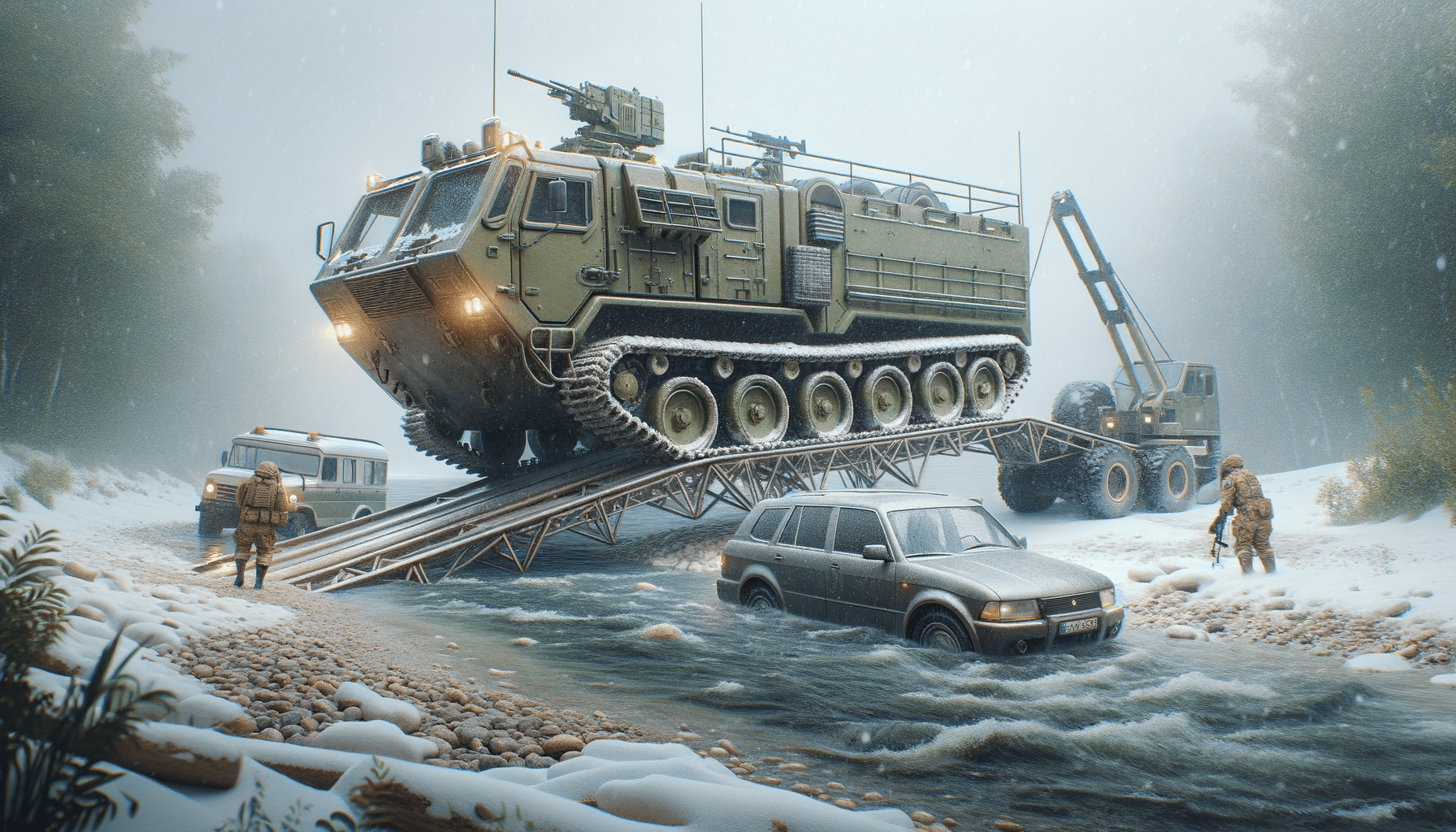
Tracked Military Vehicles: Civilian Applications and Benefits
Introduction to Tracked Military Vehicles for Civilian Use
Tracked military vehicles have long been a staple of armed forces around the world, known for their durability, strength, and ability to navigate difficult terrains. However, in recent years, there has been a growing interest in repurposing these robust machines for civilian applications. This transformation not only highlights the versatility of military technology but also opens up new opportunities for innovation in civilian industries. In this article, we will explore the various aspects of converting tracked military vehicles for civilian use, examining their potential benefits and challenges.
Historical Context and Evolution
The development of tracked vehicles dates back to the early 20th century, primarily designed to enhance mobility in challenging environments such as muddy fields and rugged terrains. Initially, these vehicles were exclusively used for military purposes, offering strategic advantages in warfare. Over time, technological advancements have made it feasible to adapt these vehicles for civilian use. The transition from military to civilian applications reflects a broader trend of leveraging military innovations for public benefit. This evolution is not merely a matter of technological adaptation but also involves regulatory considerations and societal acceptance.
- Early innovations focused on enhancing mobility and durability.
- Post-war periods saw surplus military vehicles being adapted for civilian purposes.
- Modern adaptations involve advanced technology integration for civilian needs.
Practical Civilian Applications
Tracked military vehicles are increasingly being utilized in various civilian sectors due to their unique capabilities. One of the most prominent applications is in the field of disaster management. These vehicles can navigate through debris and rough terrains, making them invaluable in rescue operations during natural disasters. Additionally, they are being used in agriculture, particularly in areas with challenging landscapes where traditional vehicles might struggle. The construction industry also benefits from these vehicles, especially in projects that require heavy-duty machinery capable of operating in difficult conditions.
- Disaster management: Effective in rescue operations.
- Agriculture: Useful in challenging terrains.
- Construction: Ideal for heavy-duty operations.
Technological Adaptations and Innovations
Adapting tracked military vehicles for civilian use involves significant technological modifications. These adaptations are crucial to ensure that the vehicles meet civilian safety standards and are environmentally friendly. Innovations such as hybrid engines and advanced navigation systems have been integrated into these vehicles, enhancing their efficiency and reducing their environmental impact. Furthermore, there is a focus on improving user interfaces to make these vehicles more accessible to civilian operators who may not have military training.
- Hybrid engines: Reducing environmental impact.
- Advanced navigation systems: Enhancing operational efficiency.
- User-friendly interfaces: Making vehicles accessible to civilians.
Challenges and Future Prospects
While the civilian adaptation of tracked military vehicles presents numerous opportunities, it also comes with its set of challenges. Regulatory hurdles, cost of conversion, and public perception are significant barriers that need to be addressed. However, the potential benefits, such as increased efficiency in various industries and enhanced disaster response capabilities, make it a worthwhile endeavor. Looking ahead, continued innovation and collaboration between military and civilian sectors could lead to more refined and versatile applications of these vehicles, ultimately benefiting society as a whole.
- Regulatory challenges: Navigating legal frameworks.
- Cost considerations: Ensuring economic feasibility.
- Public perception: Building societal acceptance.
Conclusion: Embracing Innovation for Civilian Benefit
The transformation of tracked military vehicles for civilian use underscores the potential of military technology to contribute positively to civilian life. By overcoming challenges and embracing technological innovations, these vehicles can offer significant benefits across various sectors. As industries continue to explore and implement these adaptations, we can expect to see increased efficiency, safety, and resilience in civilian operations. The journey of these vehicles from the battlefield to civilian life is a testament to human ingenuity and the endless possibilities of technological advancement.


